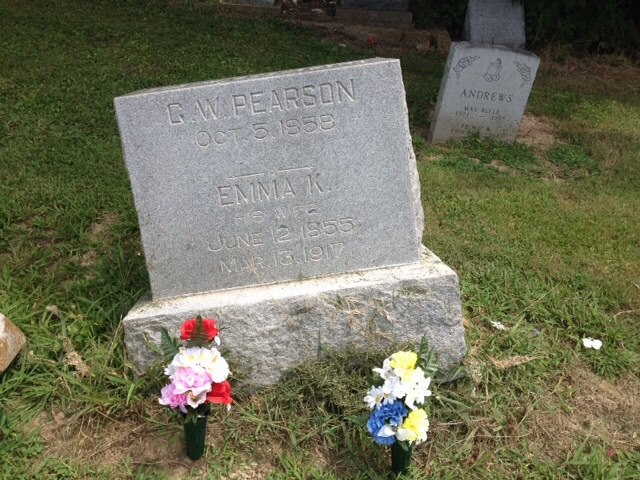Ah, the automobile. We use it for mundane tasks like driving to work, hauling landscaping materials, and toting groceries. Today, though, I'd like to declare my appreciation for this fine piece of technology that allows me to visit ancestral places with relative ease. Without an automobile, how likely is it that I would have visited West Virginia and the spot where Colonel John Field lost his life? Not likely! Or the cemetery with the monument to the now non-existent town of Wilmington, Kentucky - a place where John Field purchased land with the hope of residing in the new county seat? Nope, probably wouldn't have made the trek to visit that place either. Over the last several years, I have enlisted the trusty family steed to take me to various areas of genealogical importance, so today, I pay homage to...the automobile.
Just a few days ago, we returned from a trip to southern Missouri. For the first time, I was able to visit Hayti - the place where Great Uncle Horace perished.












.jpg)

